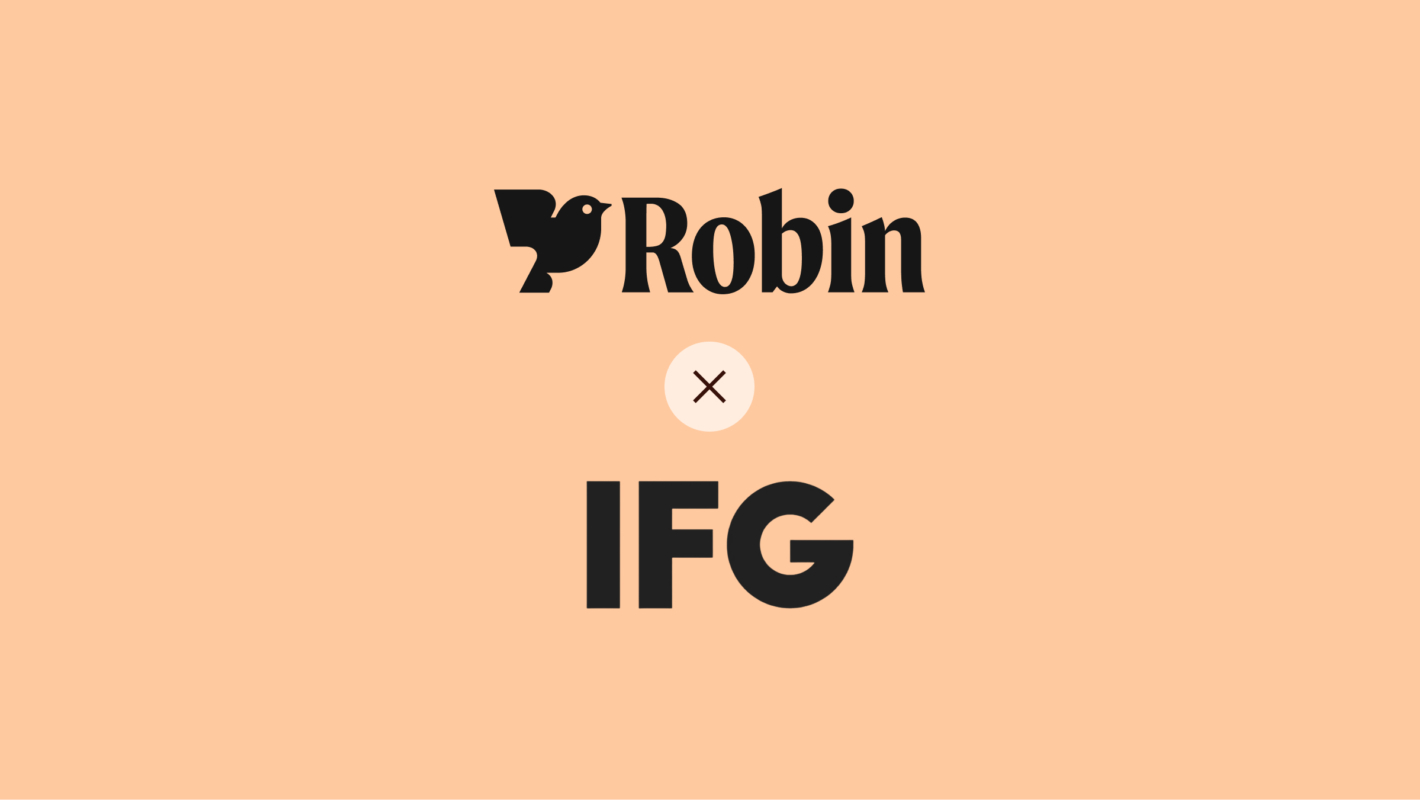Chat: Get instant, verifiable legal analysis
August 15, 2025
Get the most out of Chat in Workspaces
Chat transforms how you interact with your legal documents by allowing you to ask natural language questions and receive comprehensive insights with citations to source documents. Legal and business professionals are creating conversations to locate precedent for contract review, compare documents to highlight key deviations and inconsistencies, and respond to incidents or disputes by consolidating information across families of contracts.
Chat is designed to create:
- A seamless way to find and select the documents you need to analyse.
- The fastest way to locate clauses without having to scan hundreds of pages to unearth all relevant information.
- Ease of use, with simple prompting producing analysis to the standard of legal professionals.
- Assurance with clickable citations, empowering the user to quickly verify AI answers.
- Quicker, smarter decision making across not only your legal team but across business functions.
How to Chat
1. Create a new Workspace
- Log in to Robin’s Legal Intelligence Platform and head to ‘Workspaces’.
- Click ‘Chat’ in the top-right.
- Click on ‘Untitled Chat’ and rename your conversation.
2. Select your Documents
Click 'Add Documents'
Use filters to narrow your set of documents. Depending on the size of your library, users may wish to use multiple properties to filter down to the desired set:
- Document Type (e.g., “Side Letters”, “Credit Agreements”)
- Permission Groups which may already be grouped by project, deal or department
- Document Properties (such as contracting party names, execution dates, or any custom properties your org is tracking)
- Filter by Keyword to quickly locate any document containing the name of a counterparty, project, or unique term
3. Start Your Conversation
Enter your question—it can be plain English or legal-specific. Robin AI will read the selected agreements and return an answer, with clickable citations linking you directly to the clause or provision from the document it retrieved.
4. Check the Citations
For every answer, click the citations to view the original document clauses and provisions for verification.
5. Ask follow-up questions
Continue your conversation by asking follow-up questions or continuing to different topics on the same set of documents.
Tips for good conversations
Be specific about what you’re looking for
Precision helps Robin AI focus on exactly what you need rather than providing broad responses. The more specific your conversation, the more accurate and detailed your results will be.
- Select the narrowest possible document set to ensure answers do not incorporate out of scope documents/information.
Reference specific concepts or clauses for detailed answers. General prompts about “Summarising Tax provisions” will still perform well, but it may not provide the most relevant answer. Providing more specificity and context will lead to more insightful and relevant analysis.
Group and categorise the Tax Withholding clauses for this Fund’s Side Letters
Prompts can be short and just as effective
Our system is designed to provide legal analysis, meaning users do not need to learn complex prompting skills in order to get high-quality results.
- Use the vocabulary contained in your contracts.
- Specify your desired format: if you want a particular structured response - list, email draft, comparison table, clause quotations - use these formatting words in your prompt.
Experiment adding brief context of the purpose of your conversation.
I am [company] auditing risk of default. Provide a list of all events of default and identify which contracts contain each event.
Broad prompts over large document sets produce vague answers
Extremely broad questions like “Compare the agreements for any differences” will yield less useful results than targeted inquiries. The more contracts and clauses the AI has to analyse for a complete answer, the more generic and potentially unhelpful the response will be. If required, reserve broader questions for smaller document sets of 2-5.
Compare all documents to [contract name] to identify any material differences which may adversely impact the Supplier’s rights and obligations.
Always verify with the source
Use clickable citations to confirm the accuracy and relevancy of AI-generated answers. Users can also ask follow-up probing questions to determine whether there is any additional information which may be relevant.
Example Use Cases and Prompts
1. Accelerating multi-contract Q&A response times
In-house lawyers frequently receive queries from cross-functional colleagues, customers, or investors about specific rights and obligations. Chat transforms a time-consuming process by enabling legal professionals to receive immediate, synthesised answers to complex contractual questions, allowing teams to respond to stakeholder queries in minutes rather than hours.
Sample prompt: "What are our termination rights across all supplier agreements executed in 2024, and which agreements require more than 30 days' notice?"
2. Locating Precedent for Contract Review
Finding appropriate precedent language traditionally requires lawyers to recall specific past negotiations, locate the relevant documents, and manually scan for clause. Chat revolutionises this workflow by enabling instant searches across entire document repositories, allowing lawyers to surface and rank relevant precedent language based on usefulness.
Sample prompt: "Show me all variations of limitation of liability clauses we've used in technology services agreements, ranked from most to least protective of [company] interests."
Use case: Close deals faster with precedent analysis
3. Comparing Contracts to Templates, Guidelines and Playbooks
Document comparison is essential for identifying material deviations between negotiated contracts and company standards documented in template contracts, policies, or playbooks. Chat enables targeted comparative analysis through natural language queries, helping legal teams quickly pinpoint substantive variations without requiring a line-by-line review.
Sample prompt: "Compare this services agreement with [company] to our standard template and identify any deviations in payment terms, liability provisions, or termination rights that would require escalation under our approval matrix."
Use case: Uncover contract risks and emerging trends
4. Streamlined DDQ Drafting
Due diligence questionnaires demand extensive coordination across legal, compliance, and business teams, often requiring weeks to compile consistent, comprehensive responses from various sources. Chat transforms this burdensome process by analysing repositories of completed questionnaires and policy documents to draft contextually appropriate answers, dramatically reducing the time from receiving questionnaire to submission.
Sample prompt: "This European pension fund asks about our ESG governance framework—draft a response using our most recent DDQ answers on ESG matters, taking into consideration our 2024 sustainability policy."
Use case: Speed up investor DDQ turnaround
5. Claims and Disputes Assessment
When disputes arise, legal teams need rapid understanding of their contractual position across potentially dozens of related agreements to formulate an effective response strategy. Chat enables immediate interrogation of entire document repositories to surface relevant provisions, identify potential arguments, and assess available remedies, allowing teams to move from incident notification to preliminary legal assessment in minutes.
Sample prompt: "A supplier claims we've breached exclusivity provisions. Identify all exclusivity clauses in our agreements with [Company Name] and any exceptions or carve-outs that might apply."
6. Check for Conflicting Terms
Complex commercial relationships often involve multiple interconnected agreements that may contain conflicting or inconsistent provisions, creating legal uncertainty and operational risk. Chat enables systematic identification of potential conflicts by analysing related documents simultaneously, flagging inconsistencies in key terms before they materialise into disputes.
Sample prompt: "Review all agreements related to Project Phoenix and identify any conflicting provisions regarding intellectual property ownership, particularly between the master agreement and individual work orders."
7. Incident Response
When operational incidents such as data breaches, service failures, or compliance violations occur, legal teams must quickly understand notification obligations, liability exposure, and available remedies across large volumes of contracts. Chat enables rapid assessment of contractual requirements during crisis situations, surfacing critical provisions such as notification timelines and indemnification rights within required timeframes.
Sample prompt: "We've ([Company]) experienced a service outage affecting multiple customers—summarise all SLA breach provisions by classify all relevant notification requirements from most to least urgent."
8. Cross-functional Portfolio Summaries
Business stakeholders often require digestible summaries of complex legal agreements to make informed operational decisions, yet creating these summaries manually diverts legal resources from strategic work. Chat enables instant generation of tailored contract summaries for specific audiences, translating legal complexity into business-relevant insights for finance, operations, or executive teams.
Sample prompt: "Create an executive finance summary of our strategic partnership agreement with [Partner Name] focusing on revenue sharing arrangements, milestone payments, and key performance indicators for the finance team's quarterly review."

